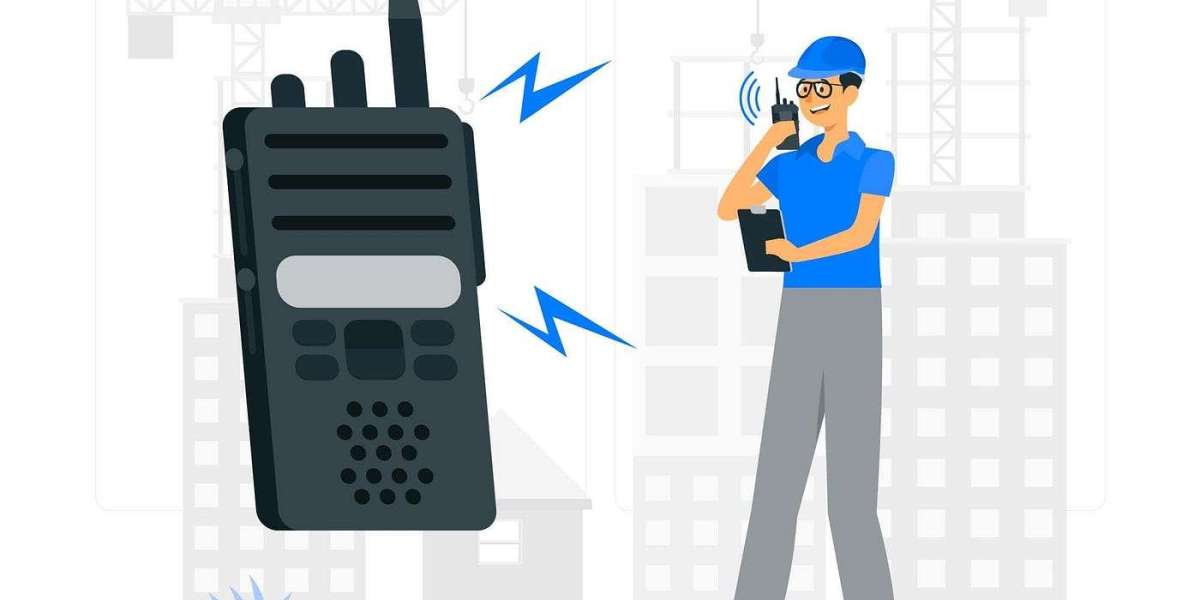Communication has always been at the heart of human interaction, evolving over the years from cave paintings to handwritten letters, and eventually to the digital realm. In recent times, the way we communicate has undergone a transformative shift with the advent of messaging apps. Among these, walkie talkie apps represent a distinct evolution, bridging the gap between traditional text-based communication and the immediacy of spoken words. This essay explores the journey from text to talk, delving into the emergence, features, and impact of walkie talkie apps on contemporary communication.
The Emergence of Walkie Talkie Apps:
Walkie talkie apps have emerged as a response to the need for more dynamic and real-time communication in a world where instant messaging has become the norm. These apps leverage the simplicity and effectiveness of the traditional walkie talkie device, allowing users to send voice messages with just a push of a button. The evolution from typed messages to voice-based communication brings a human touch back to digital conversations, capturing the nuances and emotions that can be lost in text.
Features and Functionality:
Walkie talkie apps typically offer features that enhance the communication experience. One notable characteristic is the push-to-talk functionality, mirroring the tactile experience of using a physical walkie talkie. This immediacy fosters a sense of presence, enabling users to communicate seamlessly and effortlessly. Additionally, many of these apps support real-time voice conversations, transforming group chats into virtual walkie talkie networks where multiple participants can engage in lively discussions.
The Impact on Communication Dynamics:
The adoption of walkie talkie apps has had a profound impact on the dynamics of digital communication. Unlike traditional text-based messaging, walkie talkie apps reduce the time lag between sending and receiving messages, fostering quicker and more spontaneous exchanges. This real-time element is particularly valuable in scenarios where immediate communication is crucial, such as in professional settings or during emergencies.
Furthermore, the transition from text to talk brings a more personal dimension to conversations. Voice messages convey tone, emotion, and intention in a way that written words often struggle to capture. This shift towards a more natural and expressive form of communication strengthens the bonds between individuals, whether in personal relationships or collaborative work environments.
Challenges and Considerations:
While walkie talkie apps offer a refreshing approach to communication, they also present challenges and considerations. Privacy concerns, the potential for misunderstandings due to lack of visual cues, and the need for clear etiquette in voice-based conversations are among the factors that users and developers must navigate. Striking a balance between spontaneity and thoughtfulness is crucial to ensuring that the benefits of walkie talkie apps are fully realized.
Conclusion:
The evolution from text to talk through walkie talkie apps represents a significant milestone in the ever-changing landscape of digital communication. By combining the convenience of instant messaging with the richness of voice communication, these apps offer a unique and engaging way for individuals and groups to connect. As technology continues to evolve, the trajectory from text to talk underscores the ongoing quest to make digital communication more human, authentic, and immediate. Walkie talkie apps stand as a testament to our innate desire for connection and the innovative ways in which technology continues to fulfill that need.



